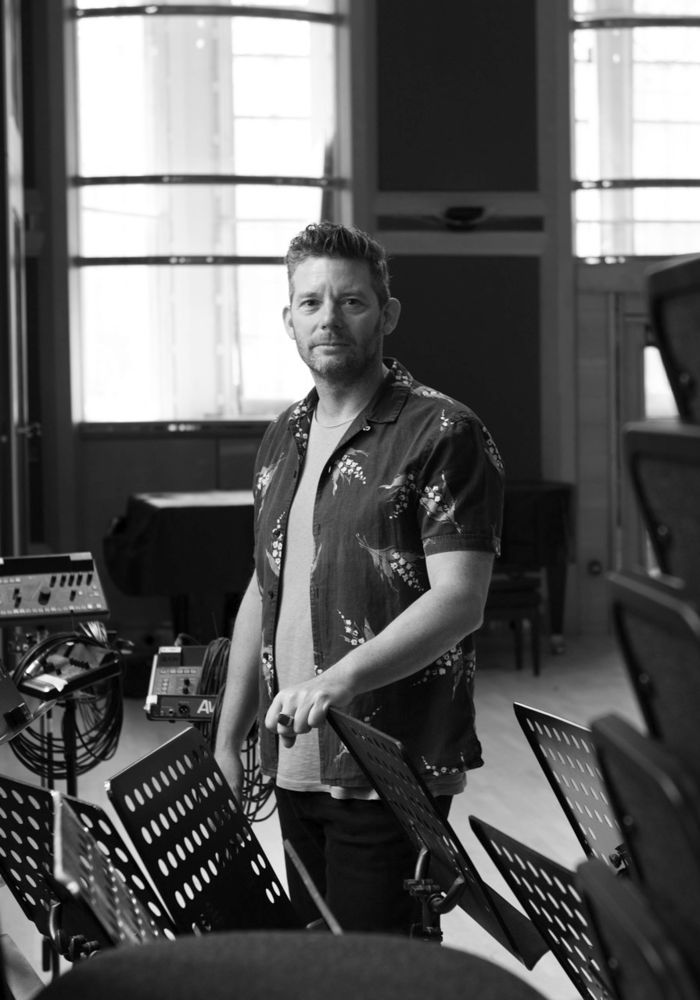Musical engineer, mixer and producer Nick Wollage has worked on an enviable array of TV shows and films, including Bridget Jones’s Diary, Shrek, Pirates of the Caribbean, Harry Potter, V for Vendetta, Jason Bourne, Atonement, Captain America, The Avengers, and most recently he recorded the orchestra for the score for Zack Snyder's Justice League. Headliner catches up with Wollage to delve into his work on the ‘Snyder Cut’, and his long history with Air Studios and Neve consoles.
You’re no stranger to the superhero film world, having worked on Wonder Woman and Captain America: Civil War as the score engineer – amongst others – and you recently recorded the orchestra for the score for Zack Snyder's Justice League. How did you get involved?
I got the call from Junkie XL, Tom Holkenborg. There was a secretive working title attached to the project, so I didn't really know what I was getting involved with until we started the sessions!
How did Snyder’s specific vision for his version of the film and the longer run time affect your work as the score engineer and how the end product should sound?
It's a very long film; it's just over four hours. We just had to do lots of sessions, and we did them over different blocks of time. In a creative sense, the thing that really characterised what Tom had done was that he took the restrictions that we were working under, because of the Covid-related distancing, so that much smaller numbers of people were able to record.
You'd normally expect to see a room full of about 60 string players for a film like that, but what Tom did was turn that to his advantage. We recorded a relatively small group of musicians, probably not more than about 25 string players, and we talked about it on the phone beforehand.
We wanted to integrate this with the electronics and the programming and the pre-recorded stuff so that it sounded gnarly and immediate; it's very specific and focused. We made a feature out of recording a smaller number of strings, so it does sound a fair bit more aggressive and edgy.
"Then we reverted to type for the brass sessions, where we maxed out the occupancy of the room with brass and manipulated the dynamic a bit. So we have a few of the string players mixed quite loudly, and it sounds very aggressive, with the big brass section sat behind it for a sense of scale.
You started at Air Studios in 1996, and they recently announced that they will be funding a new annual diversity scholarship to the University of Surrey’s prestigious Music and Sound Recording (Tonmeister) course, which is a UK college you are a graduate of. Why is this course and scholarship so important in terms of nurturing the next generation of music professionals?
It's a fantastic course. When I was there they gave you the foundations to become an engineer, technical engineer or acoustician, or whatever you might want to do.
They said they were not there to teach you to work in a recording studio – they were very, very emphatic about that. As a result, you come out with a broad set of skills and some experience, and off you go!





